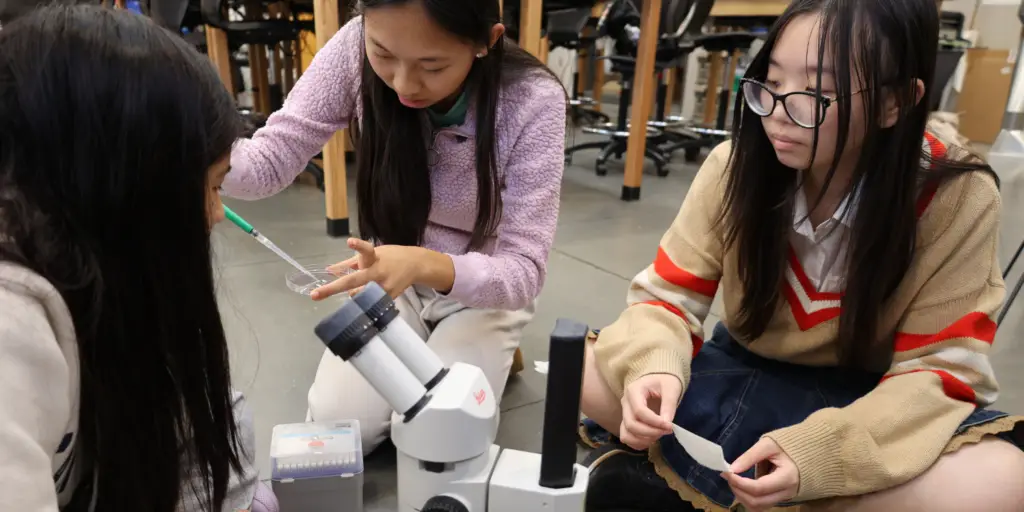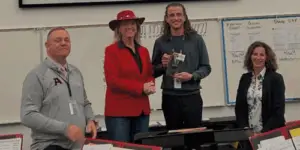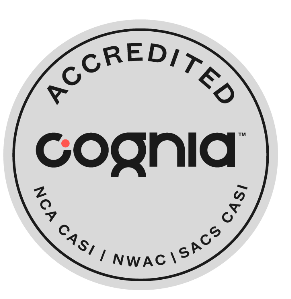An ambitious science project by Hillcrest High students has been loaded onto a rocket and is now bound for the International Space Station.
The Hillcrest project, which is part of NASA’s Student Spaceflight Experiments Program, was chosen through a competitive process be part of the payload on SpaceX’s Falcon 9, which blasted off from Pad 39A at the Kennedy Space Center Monday night.
Called “Nematodes to the Rescue,” the Hillcrest project, designed and put together by five HHS juniors, will join about 30 other research projects from across the globe on the flight to the International Space Station. Nematodes are microscopic worms and are a major component of soil and sediment ecosystems.
As Hillcrest teacher Clief Castleton puts it, nematodes are “custodians of the planet.”
The team of high school researchers hope the project will provide insight to the effects of microgravity on the nematodes, which can act as an all-natural pest control. The research also may provide more information about the possibility of farming in space.
“Farmers play a very important role in our world,” says Bella Nguyen, a student on the research project. “In space, food and resources are very limited for astronauts. So, there’s this concept we call space agriculture. Basically, you try to provide food for astronauts in the most sustainable way, which is what our experiment is trying to contribute to.”
The Hillcrest students who worked on the project are Nguyeh, Jasmine He, Vidushi Shelat, Rosemary Lu, and Samhita Chavakula
“It’s so rewarding to see these kids thinking outside of the box,” says Castleton. “I would never have thought of nematodes, but that’s what they came up with and it’s amazing. So, for me, this is a happy moment.”
For the project, the team sought and received guidance from scientists in the same field of study. On a recent “packing day,” they put two different types of nematodes with mealworms, and then packed them into sand. The team was required to account for every mealworm, and how much sand, water, and the weight of the nematodes down to the milligram.
The packed project was then shipped to Texas for final inspection. While the project has been two years in the making, Shelat says it’s still exciting to think about what could be learned by the research. “We weren’t expecting to win anything,” says Shelat, “but then we ended up going to space.”
Castleton, who advises the Hillcrest research projects, says watching students succeed at such a monumental level is why teachers teach.
“It’s amazing we have a project in space,” says Nguyen. “I hope other students remember to do their research and make sure to get help from as many teachers as you can. They’re teachers for a reason. They’re here to help you and with their help you can improve yourself and then you’ll make it.”
The nematode project will stay aboard the ISS for about a month before being returned to the students. Once they receive the data, the students will then compare it with their own project completed on Earth before traveling to Washington, D.C. to present their findings over the summer.
The flight will be SpaceX’s 31st robotic re-supply mission to the International Space Station for NASA.





